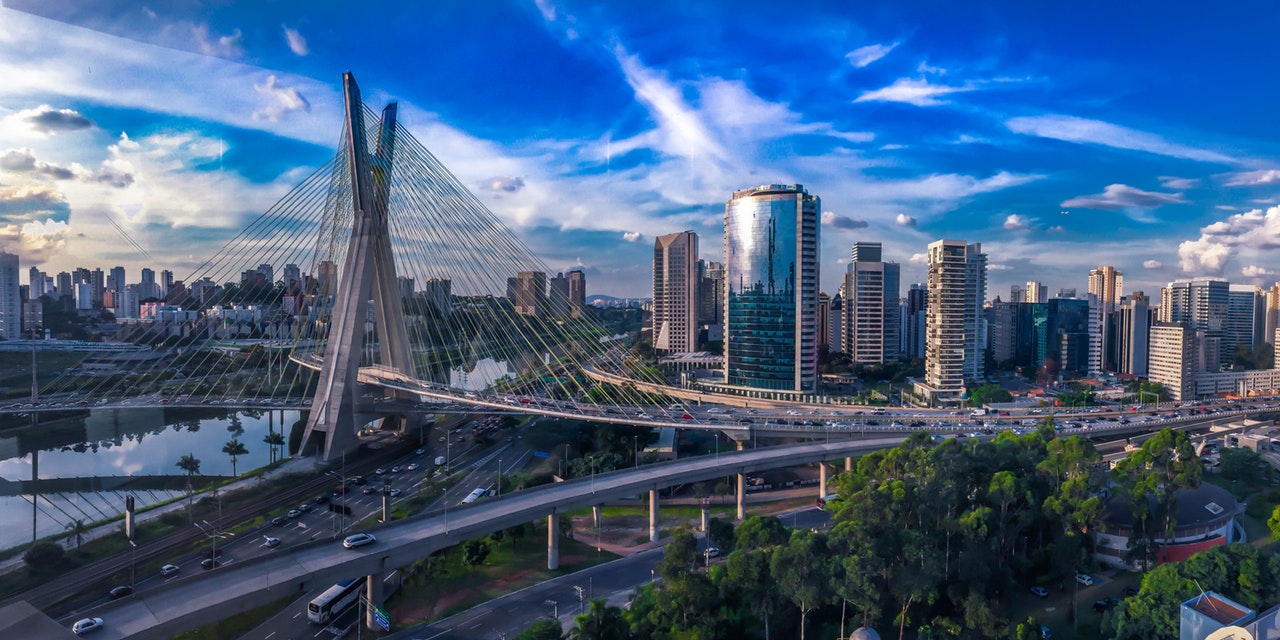ECONOMIC progress can seem like a two-edged sword – we relish the opportunities for career and lifestyle choices offered by our expanding cities but urban transportation woes can sometimes make us wonder if it’s all worth it.

Despite substantial investments in an MRT system, Kuala Lumpur’s roads continue to be plagued by traffic jams, exacting a huge toll on the country’s economy – consuming between 1.1% and 2.2% of GDP in 2014.
One key reason for these chronic traffic jams is the sheer number of cars on the road. Access to cheap cars and subsidised fuel prices have resulted in Malaysia having the third highest car ownership rate in the world.
Simultaneously, the city’s limited choice of public transport has resulted in only 17% of Kuala Lumpur commuters using public transport – a huge contrast with Singapore at 62% and Hong Kong’s figure of 89%.
As a remediation effort, the Government has planned for an MRT system which represents the country’s largest infrastructure project. The new underground Circle Line will loop around the city and serve an important role to tie up and integrate the currently disjointed LRT and monorail lines.
Data aggregation and analysis is key in the success of a project as complex as creating an integrated mass transit system for a huge city like Kuala Lumpur.
However, private traffic is not going away any time soon, and one challenge faced by city administrations is how to manage it and how to integrate it into a comprehensive urban transit system.
The poster boy for urban traffic management is Singapore, which pioneered the world’s first Electronic Road Pricing (ERP) system. This congestion pricing system automatically deducts the toll via a pre-paid in-vehicle unit, successfully reducing congestion and encouraging greater use of public transport. A new ERP system based on satellite navigation technology is also being tested, with additional benefits including island-wide coverage, and will charge for actual distance travelled.
The benefits to road users and authorities alike from such an advanced system are enormous, and the key to making it possible is the ability to gather and analyse massive quantities of data.
The true potential of big data analysis in transportation and traffic management is the ability to enable a truly comprehensive city-wide transit system embracing and coordinating public and private road and rail.
Elements of such applications are already under way. In addition to improving the flow and regulation of private automobile traffic, transport authorities around the world are using data analysis to manage and improve mass public transit systems. Applications include everything from accurate ridership forecasts to route planning and frequency and cost-saving maintenance schedules.
The intimate understanding of customer behaviour and journey plans furnished by big data allows authorities to plan for additional services on the routes, tailor communications with each individual rider to notify them of any service change and even provide targeted advertising.
The overall improvement in the commuter’s journey experience will lead to enhanced customer satisfaction and help increase train ridership while providing authorities with new revenue sources.
A significant element of the cost of any mass transit system is maintenance. By leveraging big data, authorities can predict optimal maintenance requirements of the equipment – whether trains and their tracks or bus assets.
Data from sensors installed on the equipment can be analysed faster to predict upcoming faults at the individual component level such as brakes, a stretch of rails, etc. Authorities can then schedule maintenance of the equipment at precisely the right time, optimising cost and minimising disruption.
The Metro Transit of St Louis (MTL) has successfully deployed big data to schedule its equipment maintenance with astonishing results. MTL had lacked detailed data on how bus components were actually performing and maintained vehicles retroactively. It replaced parts after they failed, or simply bought new buses.
MTL turned to big data analysis to better predict when a component on a particular bus would fail, allowing them to proactively service the bus prior to any component failure.
The results have been spectacular: The average time between bus failures has improved by a factor of five and MTL was able to run the buses for much longer, thereby achieving a 2x improvement on mileage and 30% increase in bus lifespan. These improvements in vehicle maintenance have saved St Louis area taxpayers more than US$2.5mil per year.
If it is judiciously deployed, big data analysis has the potential to transform the transport systems of South-East Asia’s megacities, delivering a positive impact on the environment, the economy and the quality of citizens’ lives.
Imagine a time when our cities can boast efficient, cost-effective mass transit buses and trains combined with well-managed highways and streets for private traffic! Given a combination of political will, financial resources and big data analysis, this scenario could be nearer than we think.
From: KAMAL BRAR, Vice-president and General Manager of Asia Pacific
Read more at http://www.thestar.com.my/opinion/letters/2017/09/21/big-data-in-transport-planning/#vEgt3tbhAKLIuAAF.99_Logo%20horizontal%20bleu%20et%20vert-1.png?width=1398&height=422&name=(RVB)_Logo%20horizontal%20bleu%20et%20vert-1.png)
